Designing preschool math lesson plans is a critical part of early childhood education. These lesson plans should be carefully constructed to expose young learners to basic mathematical concepts such as numbers, shapes, patterns, and spatial understanding in an engaging and enjoyable manner.
The Daily Lessons in the Preschool Math Curriculum can act as a valuable preschool math curriculum, offering a structured framework that integrates hands-on activities in a systematic and sequential manner.
This approach ensures that children are not just learning, but also finding joy in the process. Creating such lesson plans demands a combination of creativity, understanding of child development, and familiarity with educational standards.
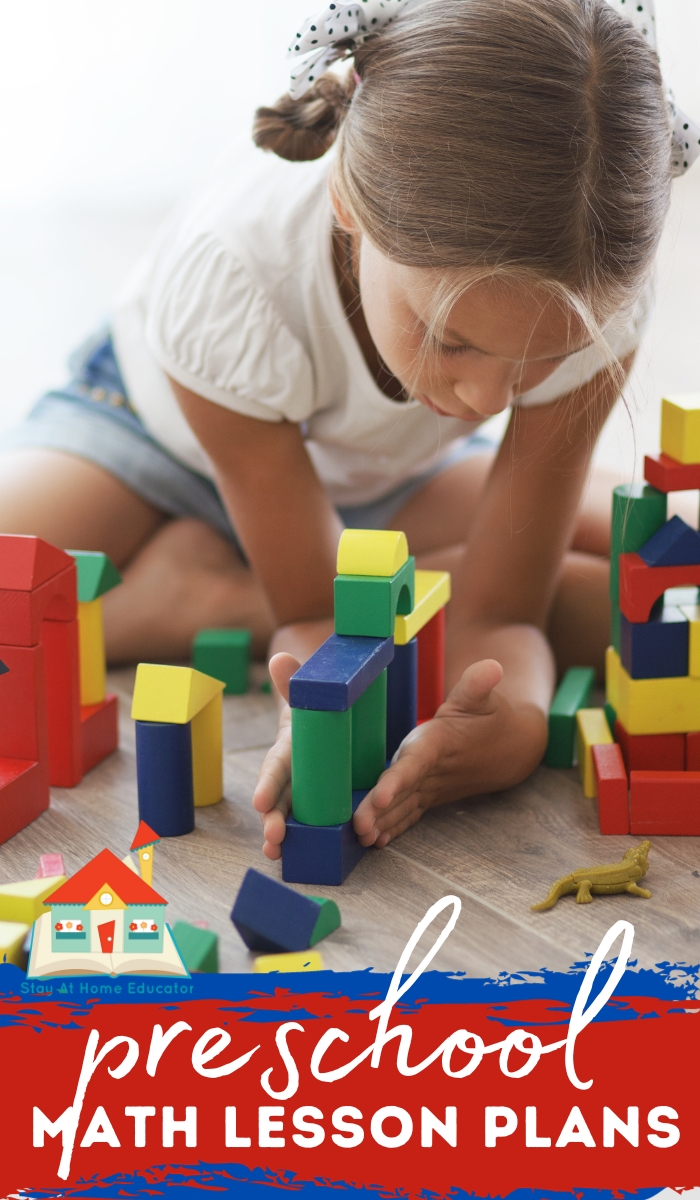
This post may contain affiliate links, which means that at no cost to you, I may earn a small sum if you click through and make a purchase.
Preschool math lesson plans should indeed be sequential and systematic, allowing children to build on their previous knowledge while gradually introducing new concepts.
It’s crucial to remember that young learners process information differently than older students. Their math lessons should be designed in a way that introduces one concept at a time, starting with the most basic and gradually progressing to more complex ideas.
In addition to being sequential and systematic, preschool math lesson plans should also incorporate a variety of teaching methods to cater to different learning styles.
Remember, the goal is to make learning an enjoyable experience. The Daily Lessons in Preschool Math Curriculum provide a wealth of fun and educational activities that can be adapted to suit any group of learners.
This way, you can ensure that every child benefits from your preschool math lessons.
-
Product on sale
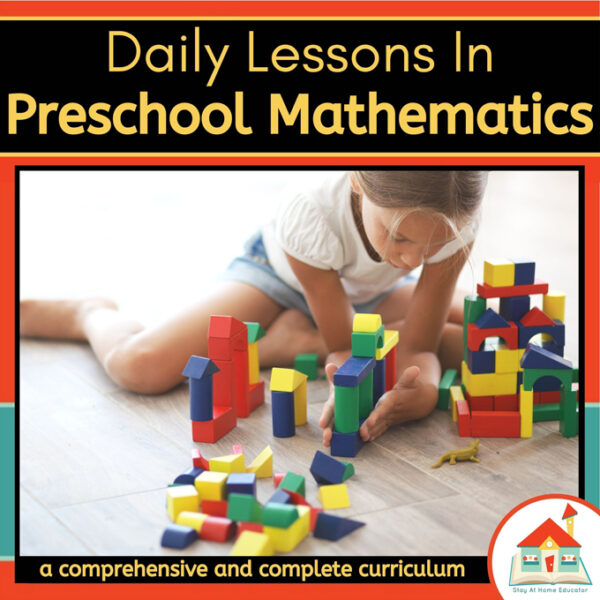 *** Daily Lessons in Preschool Mathematics CurriculumOriginal price was: $135.00.$99.00Current price is: $99.00.
*** Daily Lessons in Preschool Mathematics CurriculumOriginal price was: $135.00.$99.00Current price is: $99.00.
What Concepts are Taught in Kindergarten and Preschool Math?
Mathematics encompasses five key disciplines, each of which can and should be introduced at the preschool level.
These disciplines include:
- number sense – which is the understanding of counting, addition, and subtraction
- algebra – which in early childhood education often involves exploring positions and patterns
- geometry – where children begin to learn about shapes
- measurement – which is the understanding of comparative language and non-standard units of measurement
- data analysis – which can involve basic graphing activities.
As a preschool teacher, my goal is to weave these five disciplines into my lesson plans in a manner that is both engaging and effective.
This, indeed, seems like a daunting task, considering the breadth of topics to be covered.
Nevertheless, it is crucial to remember that teaching these disciplines does not need to be an overwhelming process.
All it takes is smart planning.
We need to make sure our lessons follow a clear order, introducing new math ideas slowly and one at a time. This way, teaching math can be manageable and effective.
This way, even within the constrained timeframe, we can ensure that our preschoolers are receiving a comprehensive, well-rounded introduction to the world of mathematics.
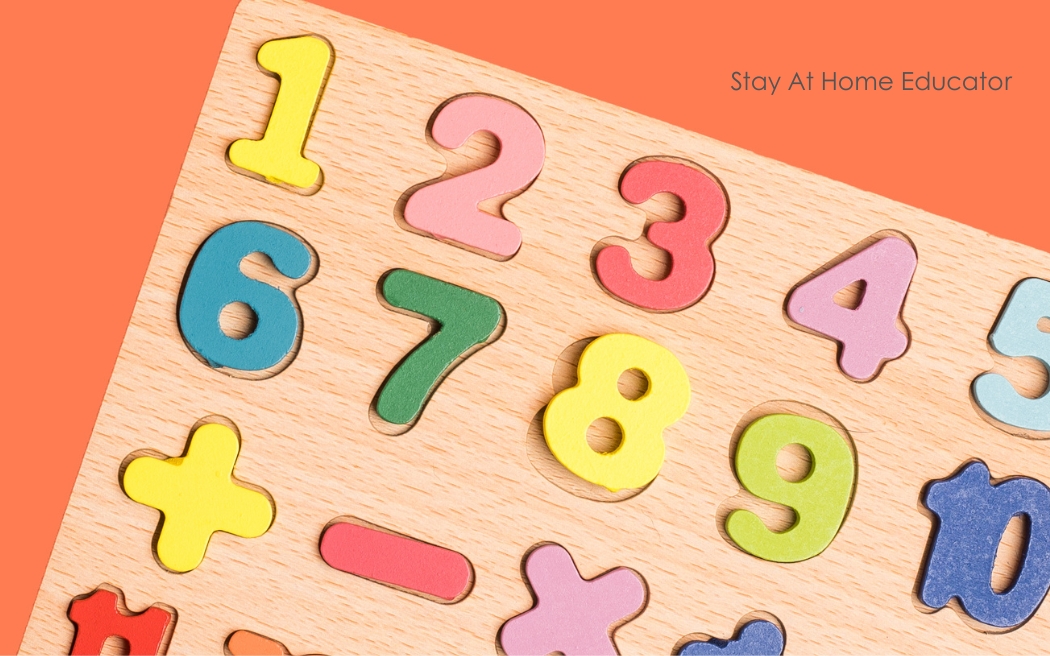
Teaching Math to Preschoolers
The most success in teaching math to preschoolers will be met with a spiral the math curriculum, which is how the Daily Lessons in Preschool Math Curriculum is Designed.
This method of teaching suggests that instead of tackling math concepts as whole units in a short period, we should break them up and spread the learning over a more extended period.
This means instead of dedicating an entire month to one topic like shapes (geometry), and hoping the students grasp everything, we can divide our time. We might spend a week on shapes, then move to a week on measurements, followed by a week focusing on counting, and so on.
This approach gives us the flexibility to revisit topics, reinforcing and building upon previous knowledge. It also allows students to make connections between different mathematical concepts, promoting a more profound understanding.
This teaching strategy is often referred to as a ‘spiralling curriculum’ in math education. To see what this looks like in action, take a look at our preschool math scope and sequence.

-
Product on sale
 *** Daily Lessons in Preschool Mathematics CurriculumOriginal price was: $135.00.$99.00Current price is: $99.00.
*** Daily Lessons in Preschool Mathematics CurriculumOriginal price was: $135.00.$99.00Current price is: $99.00.
How to Write a Spiralling Math Lesson Plan for Preschoolers
The first three months of my scope and sequence looks like this:
School Week 1 – Shapes
School Week 2 – Counting 0-5
School Week 3 – Sorting
School Week 4 – Counting 0-5
School Week 5 – Patterning
School Week 6 – Counting 0-5
School Week 7 – Measurement
School Week 8 – Counting 0-5
School Week 9 – Graphing
School Week 10 – Counting 0-10
School Week 11 – Shapes
School Week 12 – Counting 0-10
So, then, I took my preschool math units, which all have four weeks, and divided them up according to weeks, so then it looked like this:
School Week 1 – Shapes Week 1
School Week 2 – Counting 0-5 Week 1
School Week 3 – Sorting Week 1
School Week 4 – Counting 0-5 Week 2
School Week 5 – Patterning Week 1
School Week 6 – Counting 0-5 Week 3
School Week 7 – Measurement Week 1
School Week 8 – Counting 0-5 Week 4
School Week 9 – Graphing Week 1
School Week 10 – Counting 0-10 Week 1
School Week 11 – Shapes Week 2
School Week 12 – Counting 0-10 Week 2

How to Prepare a Lesson Plan for Preschool Math
To get a true glimpse into preschool lesson planning for mathematics, we must unveil the intricacies of each major discipline in math as it pertains to preschoolers.
- Counting 0-5 Unit
- Counting 0-10 Unit
- Counting 0-20 Unit
- Addition & Subtraction Unit
- Comparing & Sorting Unit
- Graphing Unit
- Measurement Unit
- Positions & Patterns Unit
- Shapes Unit
-
Product on sale
 * Daily Lessons in Counting Preschool Math Unit BundleOriginal price was: $48.00.$39.00Current price is: $39.00.
* Daily Lessons in Counting Preschool Math Unit BundleOriginal price was: $48.00.$39.00Current price is: $39.00. -
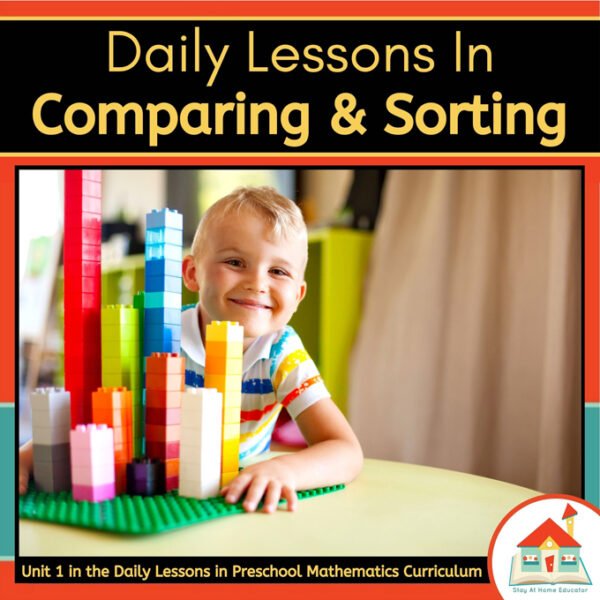 Daily Lessons in Sorting Preschool Math Unit$16.00
Daily Lessons in Sorting Preschool Math Unit$16.00 -
 Daily Lessons in Shapes Preschool Math Unit$16.00
Daily Lessons in Shapes Preschool Math Unit$16.00 -
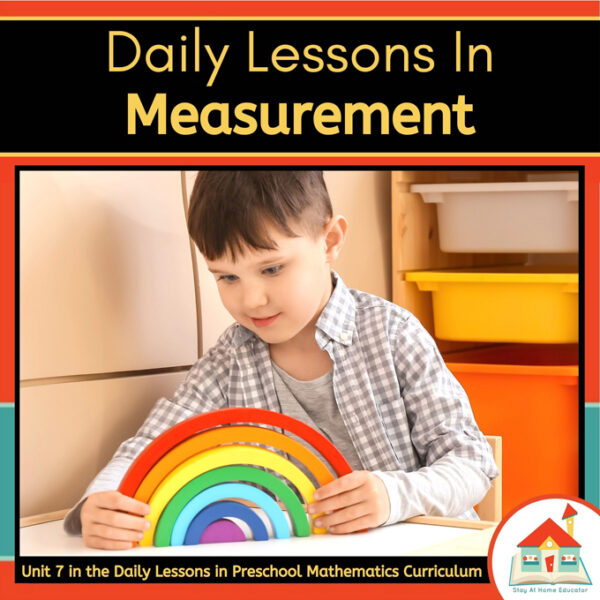 Daily Lessons in Measurement Preschool Math Unit$16.00
Daily Lessons in Measurement Preschool Math Unit$16.00 -
 Daily Lessons in Positions & Patterns Preschool Math Unit$16.00
Daily Lessons in Positions & Patterns Preschool Math Unit$16.00 -
 Daily Lessons in Addition & Subtraction Preschool Math Unit$16.00
Daily Lessons in Addition & Subtraction Preschool Math Unit$16.00 -
 Daily Lessons in Graphing Preschool Math Unit$16.00
Daily Lessons in Graphing Preschool Math Unit$16.00

I’m Sarah, an educator turned stay-at-home-mama of five! I’m the owner and creator of Stay At Home Educator, a website about intentional teaching and purposeful learning in the early childhood years. I’ve taught a range of levels, from preschool to college and a little bit of everything in between. Right now my focus is teaching my children and running a preschool from my home. Credentials include: Bachelors in Art, Masters in Curriculum and Instruction.


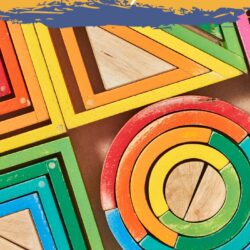
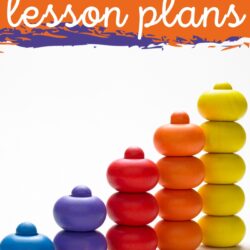
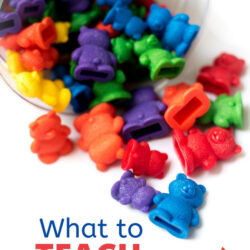
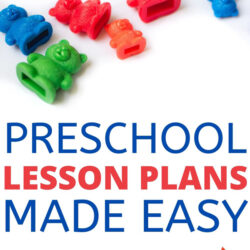
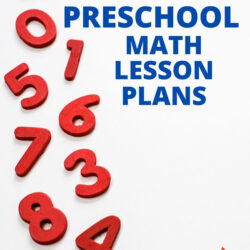
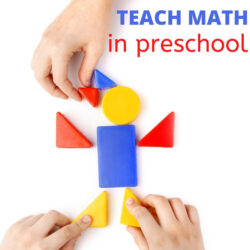

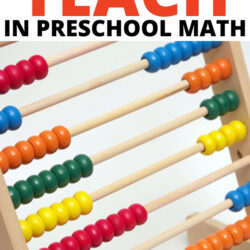
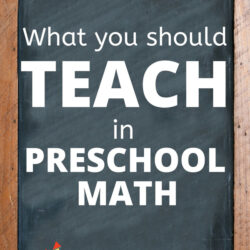
Is this a download or an actual book … I would love an actual book
It’s a download you can purchase in the post.
Hey, I Am in Kampala Uganda. I need the lesson plans. Advise. Thank you
You can find my lesson plans in my shop: https://stayathomeeducator.com/shop-preschool-printables-resources/
I am starting this week at my school and am looking forward to them! Just a quick question. You have two problems pf the day for two days, but I see only one concept skill lesson. Do I do the same lesson with the small group again? Thank you for your help.
Yes. I repeat the same lesson for both days and then use the current and any past centers to individualize the lessons.
I love these math lessons! I bound all the lesson plans in one book using your scope and sequence guide to place them in the right order. It works great! The “week in the school year” column corresponds with the page number (I wrote it on the bottom corner”. This way I have all 9 units in one book and in the correct order for teaching (36 pages). I use this with a prekindergarten preschool class (ages 4-5) that meets 2 days a week. I will use these lessons EVERY day of class. I’ll print the centers as time goes on and I decide which ones I’m going to use. Its worth the price for the organized, simple lessons alone. Thank You!
I’m so glad you love them! I can’t tell you how wonderful your year will be knowing that the lesson plans are in place and ready to go each week. They have been such a tie saver for me! Thanks for the kind feedback!